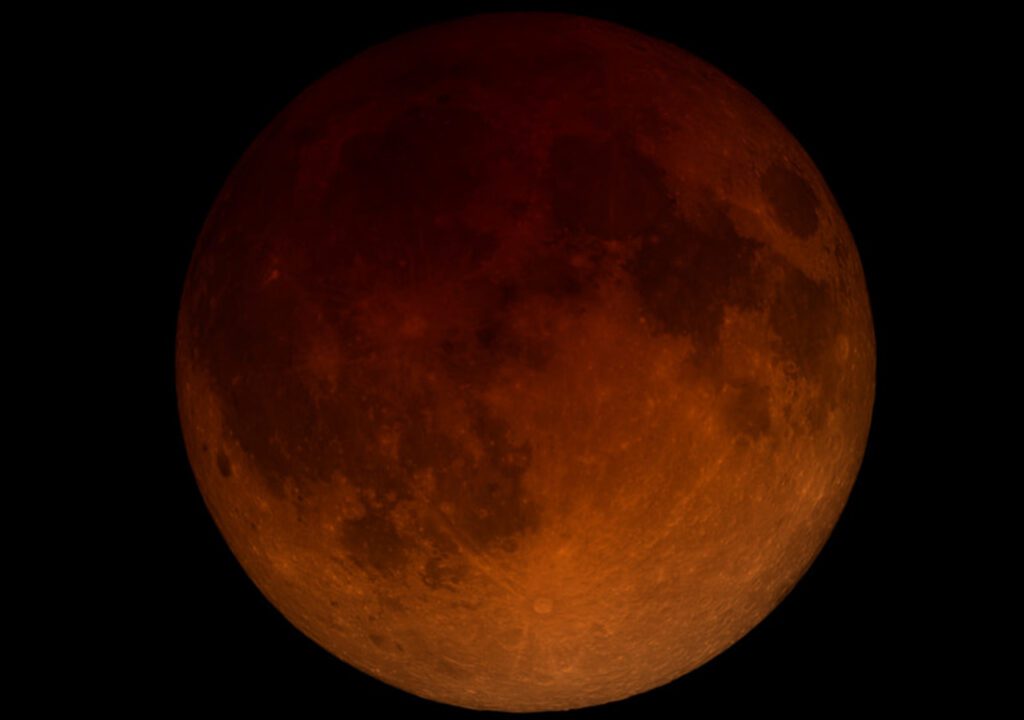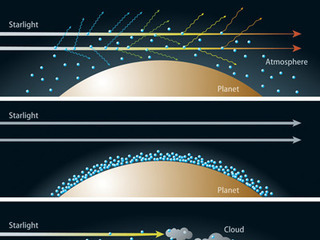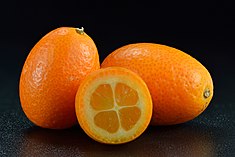November’s moon eclipse-special? what’s

- blood moon eclipse 2022 central time.
In spite of the fact that there will still be partial and penumbral lunar eclipses throughout that period, the next complete lunar eclipse won’t happen for three years until March14, 2025, and the final one will be on November 8, 2022.
When the Moon, Earth, and Sun are in this precise alignment, we experience a lunar eclipse. The umbra is the deepest area of Earth’s shadow, and during a total lunar eclipse, the Moon completely enters it. Umbral occultation causes the Moon to take on a ruddy color. Blood Moon is a name given to a lunar eclipse by individuals who fear its potentially terrifying effects.
What are the best ways for me to see the eclipse?
A lunar eclipse may be seen without any specialized gear, however the view and the red hue will be improved with binoculars or a telescope. The optimal circumstances for viewing need a lack of ambient light.
North and Central America, as well as Ecuador, Colombia, and western areas of Venezuela and Peru, will be able to see totally, the stage of the eclipse in which the Moon is fully in Earth’s shadow. After the start of totality, the Moon will have already set in Puerto Rico. Asia, Australia, and New Zealand may all see eclipses as it happens. The whole eclipse may be seen in Alaska and Hawaii.
What if it is cloudy or I am not in the right place to see it?
- Telescopes may be used to see the eclipse from all across the globe.
- The Lunar Eclipse of November 8th, Live and Direct!
- For a visual representation of the eclipses, you may also visit NASA’s Dial-a-Moon.
What else can I watch this evening?
Aries is the constellation in which the Moon will be. In addition to the eclipse, NASA offers a monthly series of sky watching suggestions that will highlight other objects to pay attention to.
When a lunar eclipse happens, why does the moon turn red?
During a lunar eclipse, the color of the Moon is changed to a deep red by the same process that gives us blue skies and orange sunsets. The process is known as Rayleigh scattering. Light is a wave that may be transmitted over space, and its physical qualities change depending on its hue. With a shorter wavelength than red light, blue light is more readily dispersed by molecules in Earth’s atmosphere.

The redder the light, the less scattering there is in the atmosphere, therefore it goes further. Sunlight casts a bluish hue over the sky. At sunset, however, light has a longer distance to travel through additional atmospheric layers before it reaches our eyes. Longer-wavelength colors like red, orange, and yellow are able to penetrate whereas shorter-wavelength colors like blue are scattered away.
When the Moon is completely blocked from direct sunlight, it has a reddish hue during a lunar eclipse. The Moon will seem redder if there is more dust or clouds in Earth’s atmosphere during the eclipse. It’s as the Moon were a giant screen onto which the world’s sunrises and sunsets were beamed.







